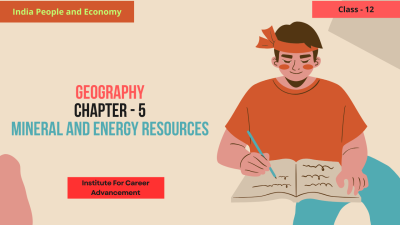Primary Activities - Class 12
Primary activities involve the direct extraction or harvesting of resources from the natural environment. They form the foundation of many economies, especially in developing countries. These activities include: Agriculture: Cultivation of crops for food, fiber, and other products. Forestry: Management and harvesting of forest resources. Mining: Extraction of minerals and other non-renewable resources from the earth. Fishing: Harvesting fish and other aquatic life. Animal husbandry: Raising livestock for products like meat, milk, and wool. Understanding primary activities is essential for grasping the economic structure of a region and the challenges faced by people dependent on these sectors. প্রাথমিক ক্রিয়াকলাপগুলি প্রাকৃতিক পরিবেশ থেকে সরাসরি সম্পদ উত্তোলন বা সংগ্রহের সাথে জড়িত। এগুলি অনেক অর্থনীতির ভিত্তি গঠন করে, বিশেষ করে উন্নয়নশীল দেশগুলিতে। এই কার্যক্রমগুলির মধ্যে রয়েছেঃ কৃষিঃ খাদ্য, তন্তু এবং অন্যান্য পণ্যের জন্য ফসলের চাষ। বনায়নঃ বনজ সম্পদের ব্যবস্থাপনা ও সংগ্রহ। খনির কাজঃ মাটি থেকে খনিজ এবং অন্যান্য অ-পুনর্নবীকরণযোগ্য সম্পদ উত্তোলন। মাছ ধরাঃ মাছ এবং অন্যান্য জলজ জীবন সংগ্রহ করা। পশুপালনঃ মাংস, দুধ এবং পশমের মতো পণ্যের জন্য গবাদি পশু পালন করা। একটি অঞ্চলের অর্থনৈতিক কাঠামো এবং এই ক্ষেত্রগুলির উপর নির্ভরশীল মানুষদের সম্মুখীন হওয়া চ্যালেঞ্জগুলি বোঝার জন্য প্রাথমিক ক্রিয়াকলাপগুলি বোঝা অপরিহার্য।
English
Last updated
Wed, 27-Nov-2024



















